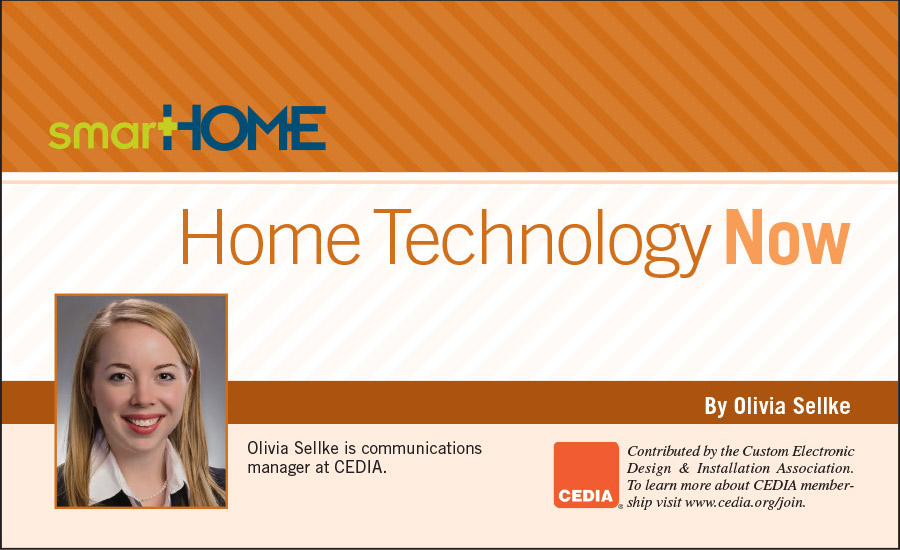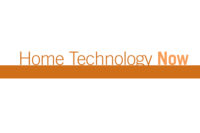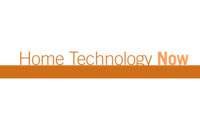Lighting control can personalize a space and help create just the right mood or ambience for any activity. A homeowner might want dim lighting for hosting a party or watching a movie, a brighter light for making dinner or reading the newspaper. Lighting control also allows a homeowner to highlight artwork, architectural details, collections or specific pieces of furniture.
The lighting control industry is constantly evolving, with new products and solutions regularly becoming available to meet customer needs. So where is lighting going right now?
The phase-out of standard incandescent lamps in many parts of the world, coupled with a focus on saving energy, is driving the popularity of LEDs for the home. Though LEDs still cost more than halogen lamps or CFLs, their cost is coming down. LEDs are versatile, last a long time (making them ideal for hard-to-reach places, since a homeowner won’t have to change them very often), and use little energy. Plus, many brands of LEDs are also dimmable.
Lighting has always been a subsystem that lends itself to integration. Lighting control systems can easily be interfaced with whole-house control and automation, creating even more ease of use for the homeowner. Today’s trend toward network-enabled devices and network-based control make integration easier than ever.
Lighting control apps for mobile devices are another emerging trend. Most apps are available for free, and when downloaded to a mobile device provide a homeowner with yet another level of convenience for controlling lights (and other devices integrated with his lighting control system). Being able to control lights while away from home gives a homeowner an added security feature.
Since some of you may not have any experience in lighting, perhaps we should back up to some of the basics, like types of lamps. In industry terms, a light bulb is called a lamp. The following are some of the types of lamps used in residential lighting.
Incandescent: Incandescent lamps come in a variety of wattages, shapes, sizes and colors, and historically have been the most common type of lamp used in homes. They are basically the same technology as the original electric light bulb. These lamps are relatively inexpensive and work well with dimmers, but are not very energy efficient. Under the Energy Independence and Security Act of 2007, 40, 60, 75, and 100 watt incandescent will no longer be manufactured in the U.S. These are being phased out in favor of new lamps that will use fewer watts and less energy (such as LEDs).
Halogen: Halogen lamps are an improved version of incandescent technology. These lamps produce a bright, warm light, and last longer and are more energy efficient than incandescent lamps. They also work well with dimmers.
Light Emitting Diode (LED): LEDs differ quite a bit from traditional incandescent lamps in that they lack a glass bulb or tungsten filament. Instead, an LED is comprised of a chemical chip embedded in a clear plastic capsule. LEDs are the most energy efficient light sources available, and they last a long time (they’re generally rated for over 50,000 hours of lamp life). Dimmable LEDs are available, but need to be used with a compatible dimmer for the best dimming results.
We are only scratching the surface here with lighting and what it looks like for home technology professionals to offer this service. It should be noted that shades and drapes are another form of lighting control and we didn’t even hit on wired versus wireless lighting control systems.
CEDIA recently released a new book “The Fundamentals of Residential Electronic Systems” and an accompanying certification. If you’re interested in learning more about the basics of lighting, the home network, distributed audio and much more, this book is a good place to start. Visit cedia.net/gateway to learn more.





